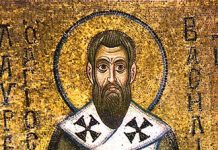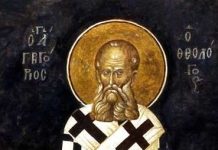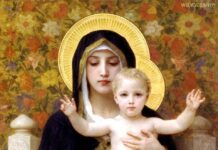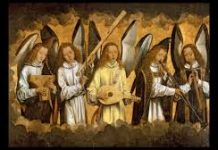When Sadi Carnot formulated the Second Law of Thermodynamics in the early 19th century, a law also known as the law of entropy, people did not at first believe it, or want to believe it. Everyone had held what was proposed by the First Law of Thermodynamics, which states the the quantity of energy in the universe was a constant, and could neither be created nor destroyed. So far so good.
But the Second Law which Carnot calculated, soon corroborated by Lord Kelvin and many others, seemed to be one of despair: That even though the quantity of energy in the universe was constant, its quality was not. In fact, the quality of energy – its capacity to do useful work – degraded inexorably over time, and was wearing down. Matches can only be lit once, and lives, once over, could never be re-lived. There could never be a perpetual motion machine, no matter how big (the whole universe) or small, for whatever energy one put into the system, less energy – or at least less useful energy – resulted. There was always some loss in friction and dissipated heat, and what came to be known as the ‘heat death’ of the universe’ became inevitable: All the galaxies and stars eventually burning out, the whole cosmos asymptotically approaching forever absolute zero.
Here are two presentations of entropy, the first from science. I enjoyed this overview, even if that claim that sunlight shining on a planet would eventually lead to the complexity of life is simply not true. However much energy such light has, it could not possibly lead even to the incredible complexity and specificity of a single DNA molecule, never mind trillions of them. We may speak of this more in due course:
And here is one from science fiction, a short story by Isaac Asimov, ‘The Last Question’, a marvelously presented allegory on the despair of just ‘living forever’ in this world, the form of which is truly passing away.
At least, it would have been so, but for the last few lines, wherein Asimov betrays his humanist and atheist credentials, that the cosmos as a ‘thinking entity’ could somehow create itself, and reverse entropy.
Not so: For the last word belongs to the Word, to Whom it belongs to give life to all things, as Saint John writes:
He was in the beginning with God; all things were made through him, and without him was not anything made that was made. In him was life, and the life was the light of men. The light shines in the darkness, and the darkness has not overcome it.
Only the Omnipotent One can truly reverse entropy, not least the ultimate ‘entropy’ of non-existence. We should not despair at Carnot’s conclusion, which is limited to this limited world, for we are not of the world, but of the world yet to come. It is true this world will end, consumed in the mysterious and perhaps metaphorical ‘fire’ of which Saint Peter prophesies. And we too must share in our own way in this death and dissolution. But we know and believe that Christ has conquered death, and if we but follow in His Way, we await in hope for a far more perfect world, where there will be no entropy, only full and eternal life in saecula saeculorum.
So we rejoice as we approach, through this Passiontide, the greatest of non-entropic events, the Resurrection of Christ from the dead.
Let there be light, indeed.











